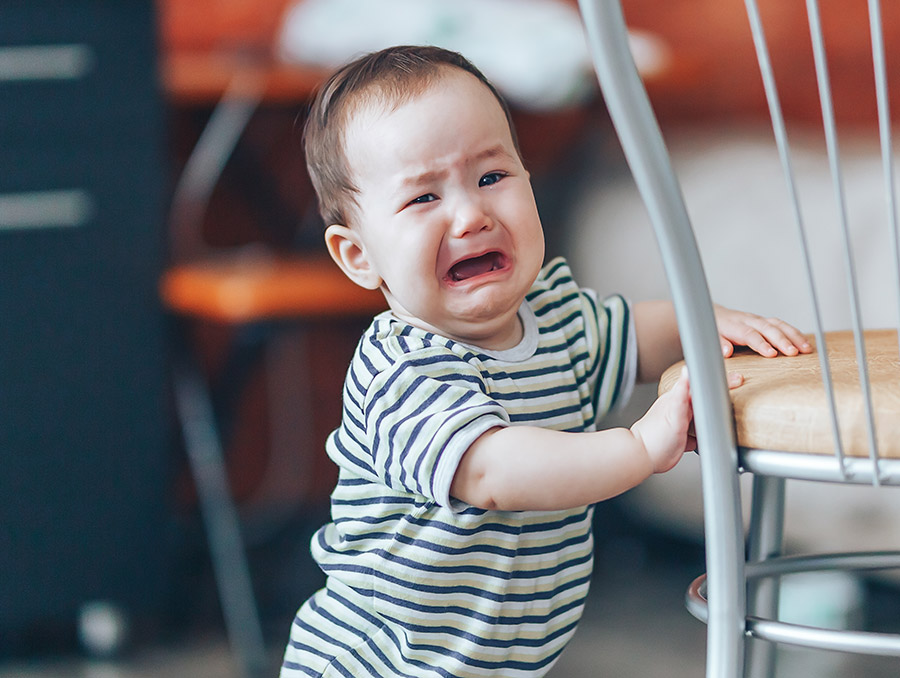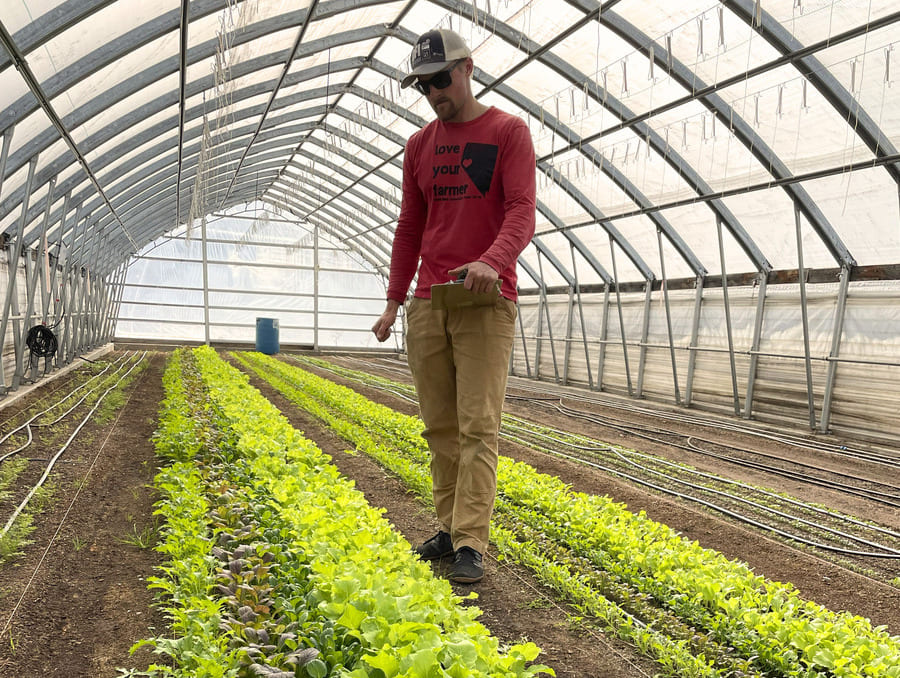Jennifer Mortensen, Assistant Professor of Human Development and Family Science and Melissa Burnham, Professor and Department Chair of Human Development and Family Science, are two of the five authors to release a new article, “Becoming a Better Behavior Detective,” in Young Children magazine. The article was a team effort between members of the Collaborative for Understanding the Pedagogy of Infant/ Toddler Development (CUPID) Consortium. The group focuses on advancing research on how to better teach infants and toddlers within the realm of higher education research.
Their work focused on an approach that encourages teachers and caretakers to act as “behavior detectives.” Instead of seeing a negative behavior and assigning a punishment which is whatever the teacher or caretaker happens to whimsically feel is appropriate, a behavior detective looks at a negative behavior from a child and tries to identify its cause by applying a five-step reflective cycle. Pieces of the cycle’s suggestions include examining what the child is doing, how to identify the child’s underlying needs and evaluating the effectiveness of the caretaker’s response.
“What we're trying to promote is to become curious about behavior rather than automatically jumping to a conclusion without examining possibilities behind that behavior,” Burnham said. “Behavior detective implies ‘I need to put on my detective hat and figure this out’ rather than, ‘oh my, this kid is behaving inappropriately.’”
The piece looks at a young child's poor behavior as a method to express what they’re feeling when they don’t have the words to explain. Looking into why a child behaves the way they do, instead of just punishing them for it allows teachers to see broader issues or encourage more positive behavior in the future.
“It's direct from the child's perspective,” Burnham said. “It's displayed in the way that they can communicate as a baby or a toddler. And it's always a communication. It's always a message. It may be a message about being tired or hungry or needing a hug, or it might be a message about something going on at home or something deeper than that. But it's always a communication.”
“Having good knowledge about infant and toddler development helps you understand those messages,” Mortensen said. “Understanding it’s normal for an 18-month-old to get mad when he can’t get the toy he wants because that’s what’s appropriate for his brain right now.”
Burnham and Mortensen feel that while classroom material and curriculum are still incredibly important for young children, the actual relationships that end up being the center of the classroom for young infants and toddlers can sometimes become overlooked. Being a behavior detective and looking at actions on a deeper level is just one way to evaluate the relationships in your classroom and how effective your teaching methodology is.
“Going out of your way to care and to show that you care makes a huge difference,” Burnham said. “It's much more centrally important when you're dealing with infants and toddlers, but it also goes a very long way in college teaching or in high school or in elementary school where you remember the teachers that saw you as a human being. Having someone view you and see you as a human is central, it's central to learning and central to existing in this world.”















